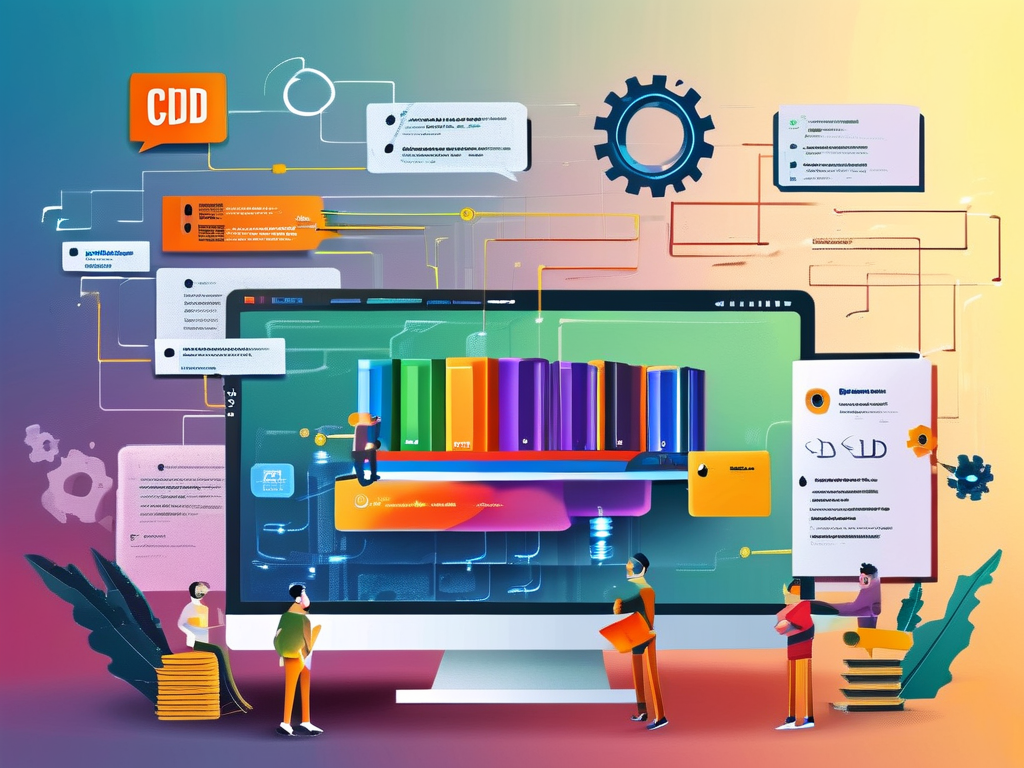In modern software development, CI/CD (Continuous Integration/Continuous Deployment) automation has become a cornerstone of efficient workflows. Teams rely on tools like Jenkins, GitLab CI, and GitHub Actions to streamline testing, integration, and deployment processes. But a critical question arises: should CI/CD automation remain an ongoing priority, or is it acceptable to scale back once initial pipelines are built? The answer lies in balancing technical requirements, team capabilities, and project evolution.

The Case for Persistent CI/CD Maintenance
CI/CD pipelines are never truly "finished." As codebases grow, dependencies shift, and infrastructure modernizes, automation scripts require updates to stay effective. For example, a microservices architecture might initially deploy 5 containers, but scaling to 50 demands revised orchestration logic. Consider this Jenkins pipeline snippet:
pipeline {
agent any
stages {
stage('Build') {
steps {
sh 'mvn clean package'
}
}
stage('Deploy') {
when {
expression { env.BRANCH_NAME == 'main' }
}
steps {
sh 'kubectl apply -f deployment.yaml'
}
}
}
}
If Kubernetes API versions change or security policies tighten, this code becomes obsolete without maintenance. Regular pipeline audits also prevent "configuration drift," where undocumented manual overrides compromise reproducibility.
When to Pause or Simplify Automation
Not all projects justify relentless CI/CD optimization. Early-stage prototypes or short-lived campaigns may prioritize speed over perfection. A team building a one-time marketing landing page could opt for manual deployments to avoid over-engineering. Similarly, legacy systems with rigid architectures might resist cost-effective automation, making semi-automated workflows more practical.
Another scenario involves resource-constrained teams. Maintaining complex pipelines requires DevOps expertise—a luxury for small startups. Allocating 30% of a developer's time to debug flaky test suites could delay critical feature launches. Temporary rollbacks to manual processes may preserve momentum during staffing shortages.
The Hidden Costs of Complacency
Neglecting CI/CD upkeep risks accumulating "automation debt." Outdated pipelines slow deployments, fail unpredictably, or expose security gaps. A 2023 Sysdig report found that 58% of container vulnerabilities traced back to unpatched CI/CD dependencies. Teams skipping updates to focus on new features often face compounded technical debt, as seen in a case study where a fintech firm's deployment times ballooned from 8 minutes to 47 minutes over 18 months due to unoptimized Docker layers.
Strategic Optimization Over Blind Consistency
Smart teams treat CI/CD as a living system. Periodic reviews (quarterly or per major release) identify bottlenecks. Metrics like deployment frequency, lead time, and failure rate guide improvements. For instance, replacing monolithic end-to-end tests with parallelized unit tests in a Python project:
# Before: Sequential testing
def run_tests():
execute_api_tests()
execute_ui_tests()
execute_performance_tests()
# After: Parallel execution
from concurrent.futures import ThreadPoolExecutor
with ThreadPoolExecutor() as executor:
executor.submit(execute_api_tests)
executor.submit(execute_ui_tests)
executor.submit(execute_performance_tests)
This reduced testing time by 65% for one SaaS platform, proving that targeted enhancements outweigh blanket automation efforts.
CI/CD automation isn’t a "set and forget" solution but a dynamic practice requiring measured investment. Teams must weigh maintenance costs against operational risks, scaling efforts to match system complexity and business goals. While perpetual optimization isn’t mandatory, strategic updates ensure pipelines remain assets rather than liabilities—adapting to new technologies while safeguarding delivery velocity and system reliability.









